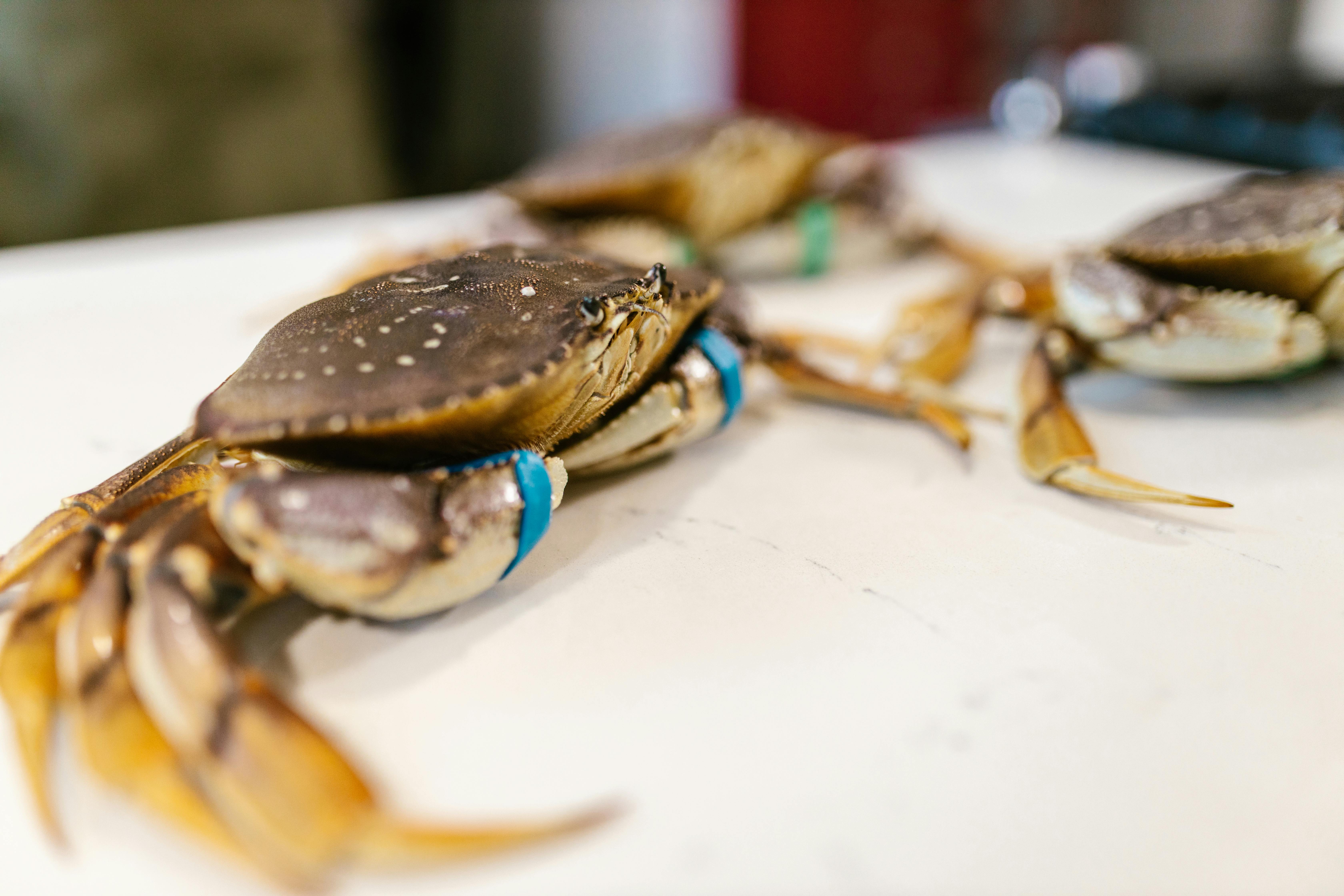Best 5 Options for What Fish Eat: Understand Their Diet in 2025
Understanding what fish eat is essential for any aquarium enthusiast or pet fish owner. Fish nutrition plays a critical role in their overall health and growth. In 2025, as we look at the dietary needs of both freshwater and saltwater species, it's crucial to explore various types of fish food that cater to these needs. Whether you're a beginner or experienced fish keeper, finding the right diet can significantly enhance your fish's longevity and vibrancy.
This article will delve into the five best options available for feeding fish in today's market. We will examine the different types of fish food, their nutritional benefits, and how they can be integrated into a feeding schedule. Additionally, we will provide practical tips for selecting the best fish food, ensuring your aquatic friends thrive in their environments.
By the end of this guide, you will have a clearer understanding of fish dietary needs and how various foods impact their health. Let's explore the world of fish nutrition!
Essential Types of Fish Food for Effective Nutrition
Building on the importance of feeding fish properly, let's explore the essential types of fish food available. Selecting the right fish food can influence their growth and health significantly.
1. **Fish Flakes: A Convenient Option**
Fish flakes are among the most popular choices for feeding fish due to their convenience and variety. They are suitable for omnivorous and herbivorous fish, providing a comprehensive balance of essential nutrients. The flakes dissolve quickly, allowing for easy consumption by fish of various sizes.
When choosing fish flakes, it's important to consider the nutritional profile. Look for options that contain proteins, vitamins, and minerals. A good quality fish flake will often list its ingredients clearly, highlighting the protein sources and additional nutrients needed for optimal fish health.
However, be cautious not to overfeed as this can lead to water quality issues. Follow recommended feeding guidelines based on the size and type of your fish. Monitor your fish’s feeding habits to adjust the quantity and avoid waste.
2. **Pellets for Balanced Diet**
Fish food pellets are another common choice, specifically designed for various species. They come in sinking or floating forms, allowing you to cater to both surface and bottom feeders. Pellets usually provide a rich source of protein and are great for growing fish, making them suitable for a variety of aquarium setups.
To optimize pellet consumption, follow a structured feeding schedule. Adult fish typically thrive on larger pellets, while smaller fish benefit from finely crushed ones. It's critical to observe your fish’s feeding behavior to ensure they are actively eating and not showing signs of malnourishment.
3. **Live Food: Natural Feeding Experience**
Live food is an excellent option for those looking to replicate natural feeding conditions. Options like brine shrimp, daphnia, and bloodworms offer high protein content and stimulate natural hunting behaviors. This is particularly beneficial for carnivorous species and fry, enhancing their growth and vitality.
Though live food is highly nutritious, it requires more effort in terms of sourcing and storage. Ensure that any live feed you provide is sourced from reputable suppliers to avoid introducing diseases into your aquarium.
4. **Freeze-Dried and Frozen Foods**
For fish that require variety in their diet, freeze-dried and frozen foods present a convenient alternative. They retain essential nutrients and are less perishable than live food, making them easy to store and use. Options include freeze-dried tubifex worms and frozen bloodworms.
When incorporating freeze-dried foods into your fish's diet, allow them to soak before feeding. This can make consuming easier and prevent digestive issues. Mix these foods occasionally with your staple diet to ensure balanced nutrition.
5. **Homemade Fish Food: Custom Nutrition**
Creating homemade fish food presents an innovative approach to meet individual dietary needs. Homemade recipes can be tailored to include high-quality ingredients that align with the specific nutritional requirements for your fish species. Ingredients such as spirulina, peas, and shrimp can add essential nutrients.
To make homemade fish food, consider using a blender and freezing it in portions. However, be mindful of the dietary restrictions of your fish, and ensure that all ingredients are safe for consumption. This empowers you to provide a high-quality, nutritious diet while ensuring variety in your fish's meals.
Understanding Fish Feeding Habits and Schedules
With the various food options established, it's equally important to understand fish feeding habits and how often to feed your fish. Effective feeding schedules can promote a healthy environment for your aquatic companions.
Creating a Fish Feeding Schedule
The frequency of feeding fish largely depends on species and their size. Young, growing fry often need to be fed several times a day, while adult fish may do well with once or twice-daily feedings. A regular feeding schedule helps establish a routine, which is beneficial for fish and can reduce stress levels.
Keep in mind the importance of portion control. Overfeeding can impact water quality and lead to health issues. Observe how much your fish consume in a few minutes and adjust your feedings accordingly.
Signs of Fish Hunger and Overfeeding
Understanding the signs of fish hunger can help you gauge when to feed. Fish displaying active searching behaviors in the tank or eagerly approaching the feeding area are likely ready for food. On the other hand, fish suffering from overfeeding may show lethargy or bloating, indicating a need to reduce the quantity offered.
Regular monitoring of fish behavior is essential to adapt feeding practices effectively. If they continually refuse food, reevaluate your choice or consult resources for potential behavioral health concerns.
Conclusion and Key Takeaways
In summary, understanding what fish eat and how to provide adequate nutrition can enhance the health and well-being of your aquatic companions. Providing a variety of foods from fish flakes, pellets, live or frozen foods, to tailored homemade options ensures that fish receive balanced nutrition that matches their dietary needs.
By creating a structured feeding schedule that accounts for species-specific habits and behaviors, you can significantly impact their growth and health. Always prioritize healthy feeding practices and consult experts if necessary to optimize your fish's diet.
For more insights and detailed guides on fish care, visit here and explore other useful topics here.


